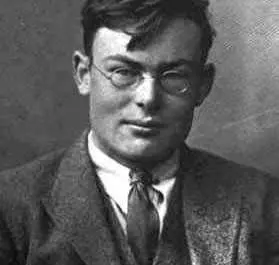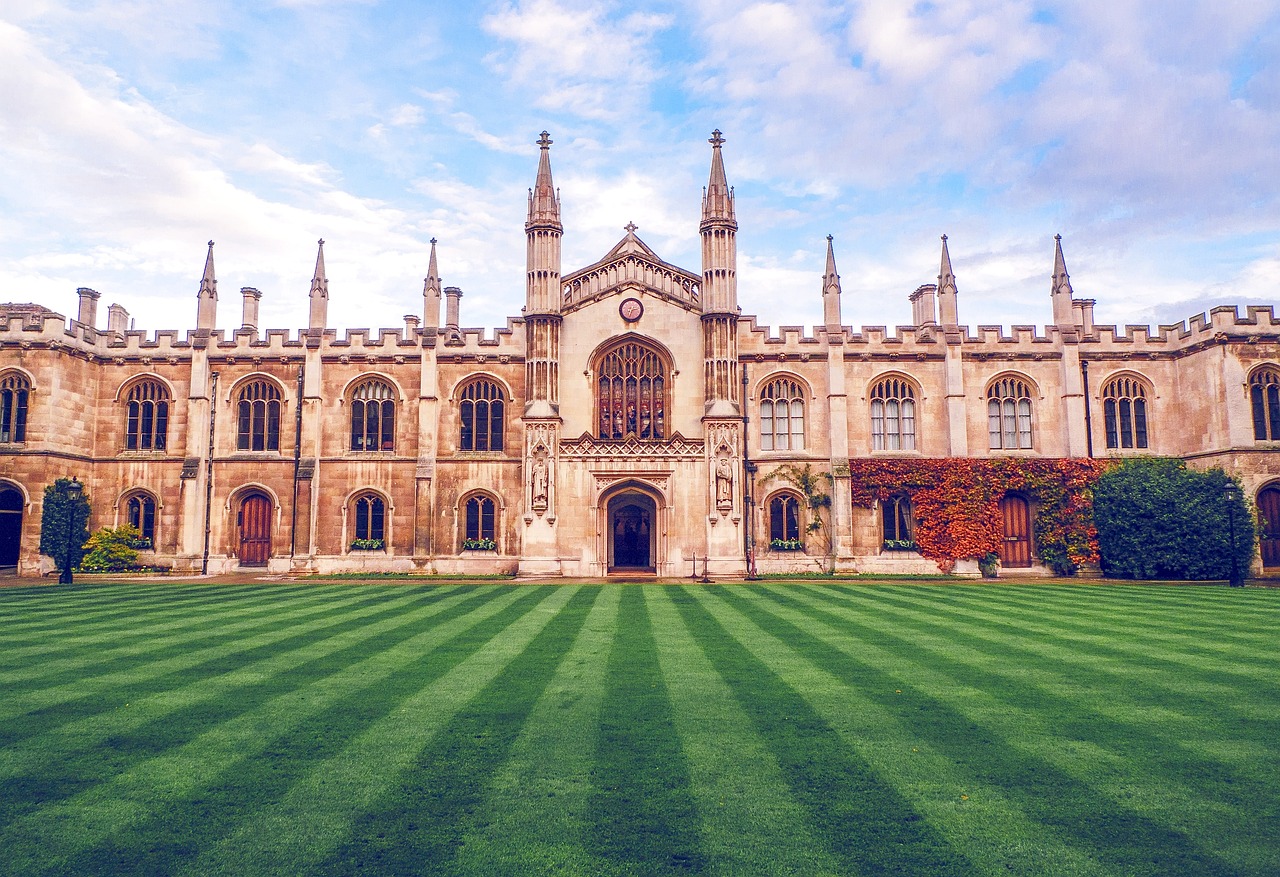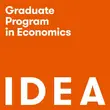
Economist Profiles
Frank P. Ramsey
Read a summary using the INOMICS AI tool
Students often learn about important figures in economics only briefly and in passing, yet the content taught in economics courses often comes from brilliant economists such as these.
Many great economists of the past didn’t limit their contributions to just economics. Instead, they often made advances in mathematics, physics, philosophy, or other fields too. Frank Plumpton Ramsey is one such brilliant mind. Equal parts mathematician, philosopher, and economist, he developed a cornerstone model of macroeconomics – the Ramsey model – among a number of other contributions.
Ramsey’s life in brief
The economist Frank Ramsey was born in 1903 in Cambridge, England. He was considered a genius, and was selected to translate a famous German philosophy text (Ludwig Wittgenstein’s Tractatus) into English at the age of 18. Famously an atheist, he was nevertheless fond of his brother Michael Ramsey, who was the Archbishop of Canterbury.
Ramsey attended Winchester College in 1915, and soon went on to Trinity College, Cambridge in 1920. He graduated with high academic achievement in mathematics, got married in 1925, and was appointed as a university lecturer in mathematics in 1926 at King’s College. His friends described him as not only smart, but congenial and humble.
During his professorship, Ramsey wrote and published several of his own, now-famous works. These included non-economics works such as The Foundations of Mathematics, Truth and Probability (which remained unpublished until after his death, but formed the foundation of modern decision theory), Facts and Propositions, and Universals. From these works and more, Ramsey is credited with major contributions in the fields of mathematics (leading to the development of Ramsey theory, now named after him, which also contributes to theoretical computer science), logic, philosophy, and of course economics.
In fact, Ramsey met John Maynard Keynes himself and wrote a critique of Keynes’ Treatise on Probability, which appeared in the 1922 edition of The Cambridge Magazine. Not one to take it personally, Keynes later recommended Ramsey be inducted as a Fellow of Mathematics at King’s College (Keynes was a Fellow as well).

Image credit: Pixabay.
Keynes’ praise of Ramsey did not stop there. Ramsey’s first major paper on economics was A contribution to the theory of taxation. Shortly after, Ramsey published his Mathematical Theory of Saving. These works made major contributions to economic theory, along with his Truth and Probability – which was not explicitly about economics, but nevertheless helped economists learn how to handle subjective expected utility.
Keynes had the following to say about Ramsey’s Mathematical Theory of Saving, in an article simply titled “F. P. Ramsey” for the 1930 edition of the Economic Journal:
[it is] one of the most remarkable contributions to mathematical economics ever made, both in respect of the intrinsic importance and difficulty of its subject, the power and elegance of the technical methods employed, and the clear purity of illumination with which the writer’s mind is felt by the reader to play about its subject.
The Ramsey model
Arguably the biggest contribution Ramsey made to economics was the development of the Ramsey model, also called the Ramsey-Cass-Koopmans model (as the latter economists extended Ramsey’s work to develop the model). This was one of the first economics models to heavily employ calculus in its derivation, which also helped to popularize including more mathematical logic into the field.
The Ramsey model is an important neoclassical growth model, one of the cornerstone models of macroeconomics. It helps economists derive the relationship between the growth of the factors capital, labor, and output, capital intensity, population growth, and the optimal savings rate in a theoretical setting with an infinite time horizon.
The model considers households as sorts of dynastic families, so that they form a single “agent” that then lives throughout many generations. This implies that each generation has a certain level of altruism about the well-being of the next generation. It also endogenizes the savings rate, which is an important improvement over earlier models that took the savings rate to be an exogenous, given fact. After all, individuals are the ones doing the saving, and they make these decisions based on their economic circumstances.
This forms a powerful framework to examine how changing parameters – like the amount of altruism or patience each generation has – will affect the optimal savings (and thereby investment) rate for social welfare. A higher savings rate means future generations have more as the economy grows faster, but the current generations cannot consume as much.
The model does have limitations, however. It’s built on some fairly idealized assumptions that may not hold true in reality. These include the fact that each generation is altruistic towards the next, the assumption that all households are representative of each other (and so do not conflict with one another), and the assumption that households have perfect foresight into the economy’s future and so can accurately choose the optimal level of savings.
Suggested Opportunities
- PhD Program, Master's Program
- Posted 2 weeks ago
PhD in Economics / Master in Economic Analysis- University of Cyprus
Starts 25 Aug at University of Cyprus in Nicosia, Chypre- Programme de Maîtrise
- Posted 2 weeks ago
Master (MSc) in Behavioural Economics - University of Cyprus
Starts 1 Sep at University of Cyprus in Nicosia, Chypre- Programme de Maîtrise
- Posted 2 weeks ago
MSc/PhD in Economics (IDEA) - Barcelona
Starts 1 Sep at Universitat Autònoma de Barcelona in Barcelona, Espagne
Nevertheless, it remains a foundational model that helps economists study the behavior of different variables in a theoretical “vacuum”, and can be easily modified to include more realistic assumptions. The model is often compared to the Overlapping Generations (OLG) model, which features a finite time horizon and an infinite number of agents, as opposed to the Ramsey model’s finite agents and infinite time. Together, these two models have formed a strong foundation upon which macroeconomists can test theories and build new models.
Conclusion
Unfortunately for economics and the world, after his return to Cambridge Frank Ramsey died in January 1930 at the age of 26, most likely due to liver problems. His mathematical brilliance and enjoyment of economics could have developed economic theory faster than we were able to without him. With just a handful of years of scholarship, Ramsey left a lasting legacy that economists are still making use of today. His contemporary, the philosopher Richard B. Braithwaite, wrote the following for an obituary:
His intellectual subtlety was combined with the most delightful simplicity and candour. Intolerant of fools, he inspired others by his mental fertility and integrity. To one at least of his friends his death is as if a lighthouse were extinguished and we were left to grope our way in the dark.
References
https://plato.stanford.edu/entries/ramsey/
https://mathshistory.st-andrews.ac.uk/Biographies/Ramsey/
https://www.hetwebsite.net/het/profiles/ramsey.htm
Header image credit: public domain.
-
- Assistant Professor / Lecturer Job
- Posted 1 week ago
Full-time assistant professor position in economics with a demonstrated interest in environmental economics
At University of Namur in Namur, Belgique
-
- Workshop, Scholarship, Prize / Contest, Research/Project Funding Opportunity
- (Online)
- Posted 9 hours ago
Call for Papers - Advances in Econometrics volume: Bayesian Macroeconometrics
28 Feb in Brisbane
-
- Assistant Professor / Lecturer Job
- Posted 1 week ago
Assistant Professor of Finance and Economics
At Eastern Kentucky University in Richmond, États-Unis














